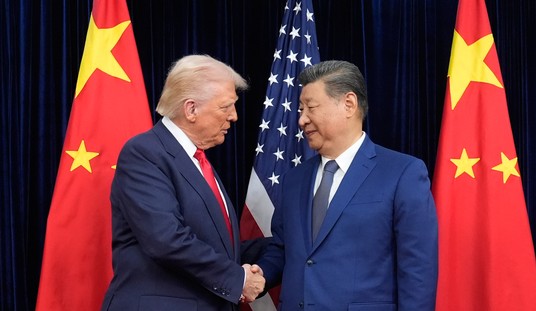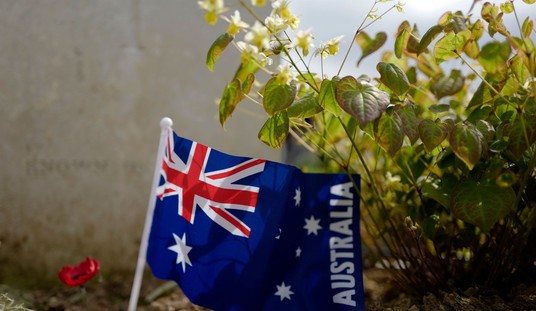Isn’t that odd indeed? John Ondrasik mused on his bumpy journey with Big Tech as an artist offering a protest song that cuts against the editorial grain of their platforms. The Five for Fighting lead singer told Fox’s Dana Perino that censorship over supposedly objectionable material cuts in one direction, and that tribalism isn’t just a problem in Afghanistan. The YouTube “mistake” serves as a mirror for where we are as a country, John argues, and the reflection isn’t especially attractive:
"It seems that freedom of expression only matters when the censorship applies to our side." @johnondrasik comments after Youtube takes down then reinstates his music video criticizing President Biden's withdrawal from Afghanistan @DanaPerino pic.twitter.com/Z2jmSJWE6u
— America's Newsroom (@AmericaNewsroom) January 10, 2022
YouTube reinstated the video and admitted its “mistake,” but it’s still got the same condescending requirement to click its notice to acknowledge that some find it “inappropriate or offensive.” I’d embed it, but the age-block requires the video to be seen on the YouTube platform. Interestingly, the official music video for the song “W.A.P.” doesn’t require the same gatekeeping despite the objectionable content in the lyrics. In fact, it’s embeddable without an age-block issue, although I’ll pass on embedding it here.
There’s a difference between sex and violence, some will argue — and they’re right. However, YouTube offers any number of police-violence videos without such gatekeeping, and they should, as these depict real incidents and issues. We need to discuss those issues based on shared evidence, and that sharing has to be even-handed across the board. That is, it must be unless the people who control that sharing have already chosen sides … and only relent when they get embarrassed over how heavy their thumb has gotten on the scale.
John’s right that there’s a larger problem here, though. It’s not that YouTube has suddenly decided to corrupt debate, but that it’s responding to the incentives it gets from potential regulators (including Congress) to heavily control content. The incentives from users also skew against the principles of free speech and much more toward the enforcement of ideological and cultural bubbles. As a society, we have lost our collective agreement on free speech and free debate, a principle that has faded over the last generation first in Academia and then in the corporate world. If YouTube’s consumer base spoke loudly in defense of this principle (and not just limited to the legalities of the First Amendment), we would have far richer public debate and much less attention paid to, well, hurt feelings and outrage.
In a free-speech environment, we’d have easy access to “W.A.P.” and John’s music video at the same time. Perhaps one day we’ll return to that consensus, but today is unfortunately not that day.








Join the conversation as a VIP Member